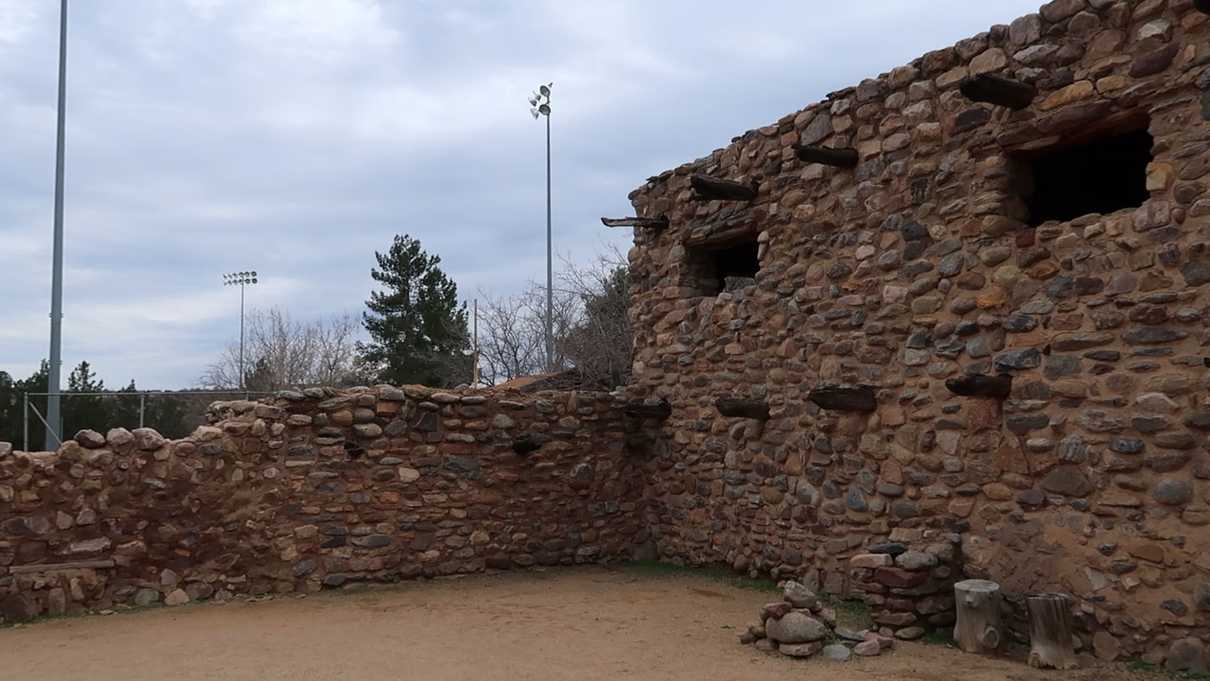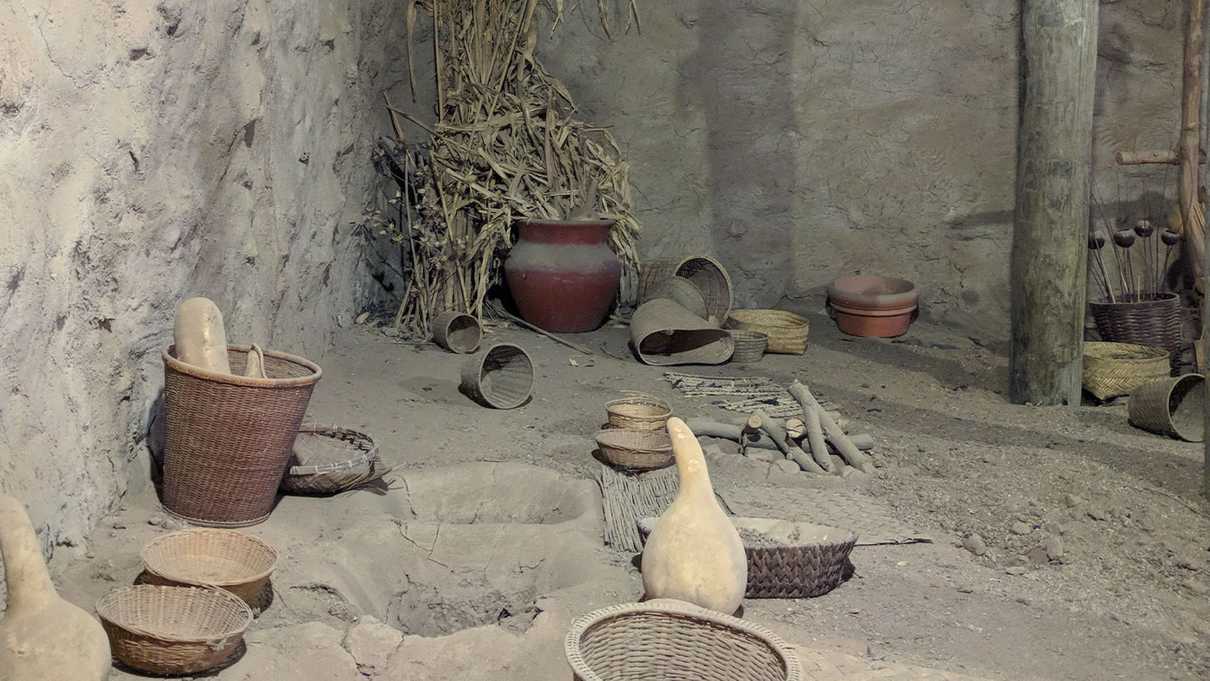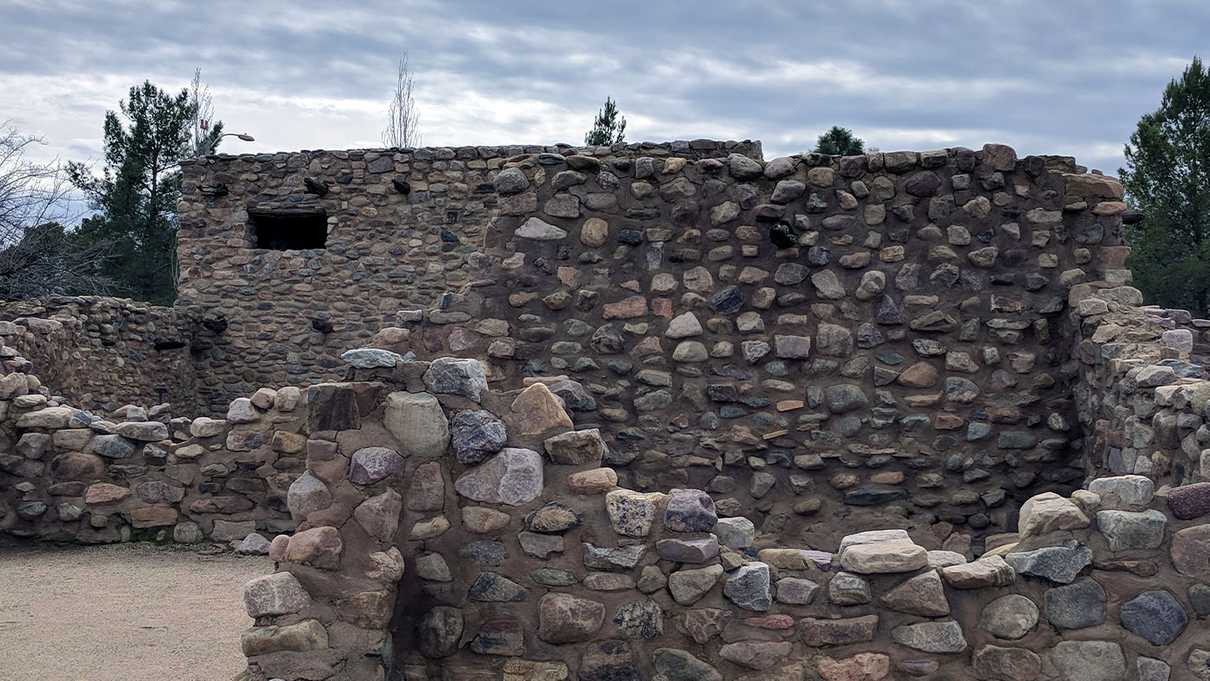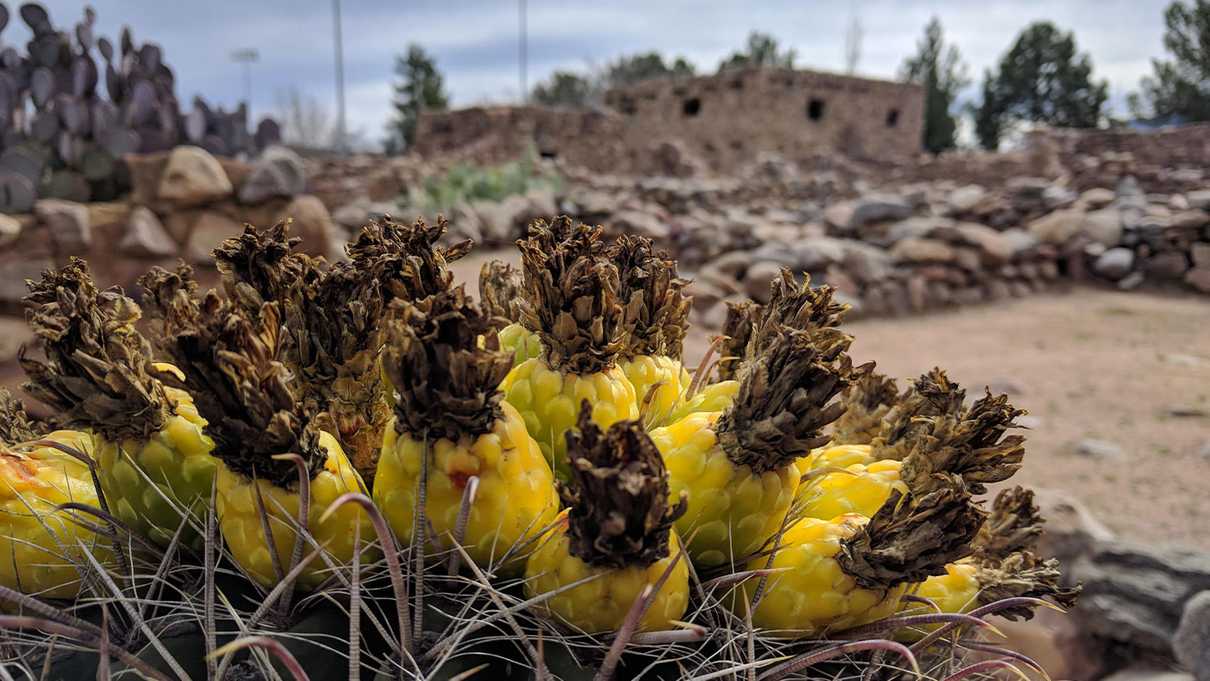Exploring the Remains of an Old Salado Indian Village at Besh-Ba-Gowah
There is no shortage of Indian ruins to explore in Arizona as it has been a cultural melting pot across the centuries. When I first moved to Arizona, I felt like I had completed the grand tour of all the great tourist destinations that one can see in the state. Glenn did an excellent job of showing me how amazing Arizona is. However, one location that flew under our radar for some reason is Besh-Ba-Gowah Archaeological Park. I’m not sure how we missed this incredible place!
Besh-Ba-Gowah is located in Globe, Arizona nestled among houses and other buildings. It’s actually not the easiest place to find on your own so I advise using Google Maps to help you navigate there. It’s rather interesting to compare the surroundings of Besh-Ba-Gowah and the village itself. Inside the park are the remains of a civilization long past and outside are a number of ball fields and residential houses. Every time I turned around I couldn’t help but make this comparison. Regardless of the civilization, I suppose life lives on!
Between 1225 A.D. and 1400 A.D., the Salado culture lived together in a large complex in an area that eventually became the town of Globe. Besh-Ba-Gowah was not the name they gave to their village but rather a name given by the Apache much later in time. The name roughly translates to “metal camp” or “place of metal”, a reference to the mining activity that was prevalent in the area.
The village originally had an estimated 200 rooms that housed a busy community throughout the years. As the Salado people grew their own crops, small windowless rooms were used as storage, the outlines of which can still be seen. Crops commonly grown were squash, corn and beans. The Tonto Basin and nearby Pinal Creek provided much needed water for irrigation. In addition to farming, the Salado were prolific at textiles and pottery. Make sure to stop in the entrance museum to see some examples of their pottery. There are a ton of examples and some pieces you can even touch!
I found the park to be laid out in a really clever and educational way. There are areas with only rock outlined walls that illustrate what archaeologists would encounter when starting to uncover the ruins. Nearby will be rooms with more elevated walls. Further down is a room you cannot enter but peer into to get an idea of what a typical living space would have been.
There is even a two story building you can walk through with a number of relics to immerse yourself in the feel of the old village. With the stone and mud walls, that building is quite cool! On a warm day, I imagine that it would be a great place to take a 5 minute break from the Arizona sun. The day we went was a rare cool, overcast day and let me tell you… The temperature difference between the inside of the building and outside was noticeable and shocking. Considering the courtyard outside once held up to 150 burials, maybe there’s something to that temperature thing! We discussed that briefly in our video during our visit but as we’re skeptics we just chalked it up to excellent engineering.
All in all you can expect to spend an hour or so walking around the grounds. These days the ruins take up a relatively small area, however, we were told that at the height of Salado culture, the village extended far beyond the area it does now. Originally the walls were covered in a smooth adobe finish unlike what it is today. Ladders stood alongside the outer walls with openings in the roof which served as the only entrances into rooms. That would be something to see! While there’s a model of what the village looked like in the museum, it would be amazing to experience the full thing.
It’s hard to fathom using ladders to enter rooms rather than doorways we use today. One thought we had was that the rooftop entrances could have been for defensive purposes. Despite having connection and well established trading routes, there are some who think that there were conflicts amongst other cultures. After about 1450 AD, the Salado people seemingly disappeared and it’s not really known why. It would have been due to drought, competition for resources or conflict.
Regardless of why this village was abandoned, it is an archaeological wonder and a great way to spend an hour or two and learn about some of the history of the area. So many Indian ruins can seem minimal and interpretive, but Besh-Ba-Gowah feels immersive and complete. If you’re going to visit the Globe area I would consider this a must see.



